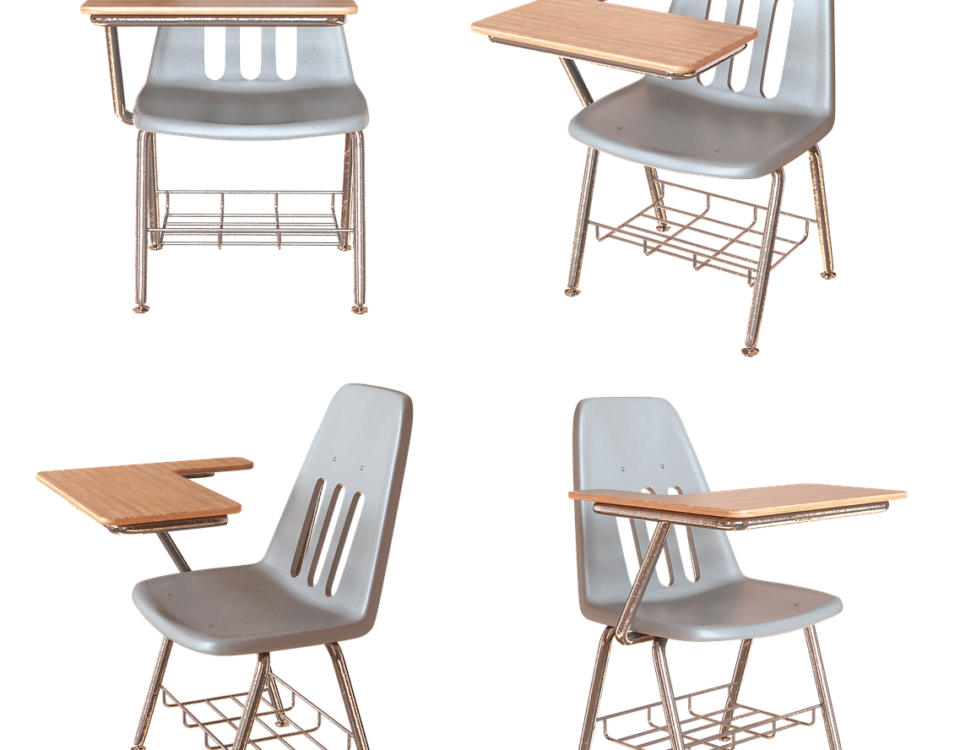Classification of Rapid Tooling Molds

Rapid Tooling Technology Based on Rapid Prototyping
February 11, 2025
Rapid Manufacturing Technology of Silicone Rubber Molds
February 11, 2025Rapid Tooling (RT) technology, an essential component in modern manufacturing, can be broadly categorized into direct methods and indirect methods. Both methods utilize Rapid Prototyping (RP) technologies but differ significantly in how molds are produced, the materials used, and their respective applications. In this article, we will explore the various types of RT methods, focusing on direct and indirect molding processes, and the types of molds that result from each.
Direct Method of Rapid Tooling
The direct method of RT involves using RP technologies to directly produce molds. Among the various RP techniques, the Selective Laser Sintering (SLS) method stands out for its ability to create metal molds directly. This method can be used to produce steel-copper alloy injection molds, which have a lifespan of over 50,000 parts. SLS works by sintering powdered materials with a laser, which fuses them together to form a solid object. While SLS has the advantage of creating metal molds, it does have some challenges. The process can result in significant material shrinkage, which is difficult to control, and as a result, the precision of the molds may not always meet the required standards for high-quality production.
Despite these limitations, SLS has been a breakthrough in rapid tooling, as it enables direct production of metal molds. However, in most cases, indirect methods are preferred for producing molds due to their greater precision and ability to use a wider range of materials.
Indirect Method of Rapid Tooling
The indirect method of RT involves using RP prototypes to indirectly create molds. This method is more common in industrial applications, particularly when high precision is required. In the indirect method, an RP model is used as a master pattern for creating the actual tooling mold. This approach is widely used for creating molds made of both soft and hard materials.
Soft Tooling
Soft tooling refers to molds made from soft materials, such as silicone rubber or epoxy resin, instead of traditional hard metals like steel. The main advantage of soft tooling is its lower manufacturing cost and faster production cycle. This makes it particularly suitable for new product development, product functionality testing, and small batch production in industries such as defense, aerospace, and other sectors requiring low-volume production. Soft tooling methods are highly valued in industries that focus on customized products, rapid prototyping, and quick model changes.
The primary methods for producing soft tooling include:
- Silicone Rubber Casting: A popular method for making molds by pouring liquid silicone over an RP prototype to create a flexible mold.
- Metal Spraying: Involves spraying a fine metal powder onto an RP prototype, which is then used as a mold for small-scale production.
- Resin Casting: Another technique where liquid resin is poured into a mold, usually after creating a silicone or epoxy master mold from an RP prototype.
Soft tooling is ideal for producing parts in quantities ranging from 50 to 5,000 pieces. For production runs exceeding this number, traditional steel molds are still required.
Hard Tooling
On the other hand, hard tooling refers to molds made from steel or other durable materials, which are used in traditional manufacturing processes. Hard tooling is necessary for large-scale production runs and is capable of withstanding the demands of high-volume production, typically for quantities of thousands to millions of parts. The indirect methods for creating hard tooling molds from RP prototypes include:
- Investment Casting (Lost Wax Casting): A process where an RP model is coated with a material that forms a mold around the prototype. The mold is then heated, and molten metal is poured in to create the final steel mold.
- Electrical Discharge Machining (EDM): This method uses electrical sparks to shape and refine metal molds based on RP patterns.
- Ceramic Mold Precision Casting: This technique involves creating a ceramic shell around an RP prototype, which is then used to produce high-precision metal molds for larger-scale production.
Choosing the Right Method for Your Needs
The choice between soft tooling and hard tooling largely depends on the production volume, the material requirements, and the specific needs of the product being manufactured. Soft tooling is ideal for small-scale production runs, rapid prototyping, and functional testing, while hard tooling is essential for high-volume production where the durability of the molds is critical.
Soft tooling methods, although limited in terms of longevity and production volume, offer considerable advantages in terms of cost and speed, making them a perfect fit for industries requiring flexibility and quick turnarounds. Hard tooling methods, though more expensive and time-consuming, are necessary when large quantities of parts need to be produced with high precision and material performance.
Conclusion
In summary, Rapid Tooling (RT) is a powerful technology that allows manufacturers to reduce costs and time-to-market by using RP prototypes to create molds for both small and large-scale production. Whether using direct methods like Selective Laser Sintering (SLS) or indirect methods that utilize soft and hard tooling, RT offers an adaptable solution for many industries. Understanding the differences between soft tooling and hard tooling is essential for manufacturers looking to optimize their production processes and meet the demands of modern manufacturing environments. As RT technology continues to evolve, it will undoubtedly offer even more innovative ways to accelerate product development and manufacturing.


